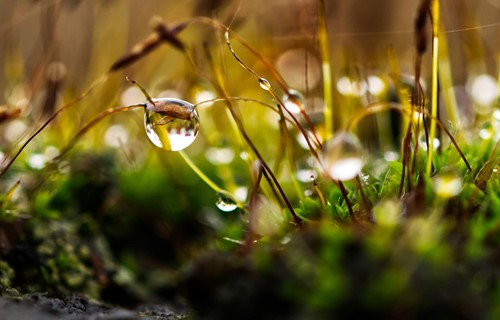
Lawn moss is often described as an irritation for many homeowners. But what if it was more than an annoyance? What if the moss growing among your lawn grasses was simply a message your lawn was trying to get to you? What could it possibly be saying? And how can homeowners decipher these messages?
Here are a few things to consider when it comes to moss in your lawn:
Soil pH
Encroaching moss can be a sign of acidic soil or soil pH levels that have dropped too far. A soil test can measure your pH levels and tell you exactly which direction to go in when treating your lawn. You may also find the areas that your soil has nutritional deficiencies.
Drainage
Moss growth may also indicate that your soil isn’t draining properly. Poor drainage can lead to a plethora of problems, such as root rot. If you notice your lawn has an excess of moss growth, and you’re confident the pH levels are right where they should be, you may need to break up the problematic patches.
Compacted soil
Poor drainage could also be linked to compacted soil, which moss truly seems to love. To break up the soil, try core aeration, which roots plugs of grass - also known as cores - from your lawn to give it more room to breathe and grow.
This method greatly reduces compacted soil patches and has been touted as one of the best places to start when searching for a solution to a cramped lawn.
Excessive shade
Lawn moss also shows up if there’s simply too much shade. By giving overhanging trees and excessive brush cover a good trim, you can help create perfect light penetration conditions to help your grass lawn thrive while keeping the moss growth down.
If your lawn seems to have contracted a moss problem, try any of these solutions before jumping into a full lawn overhaul. If you’re still concerned about your lawn, hiring a landscaping professional or lawn expert may help set you on the path to a happy, healthy lawn.
